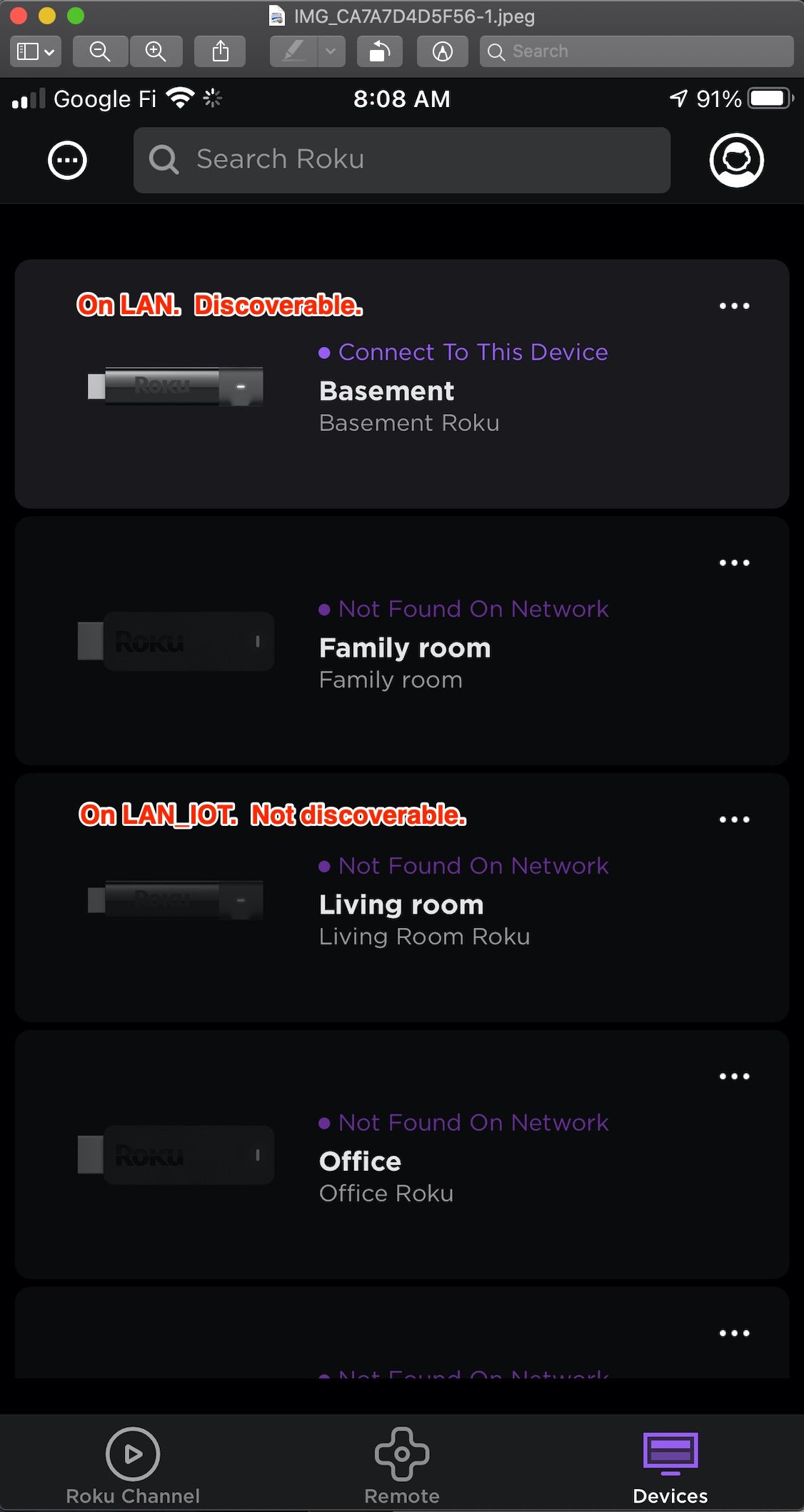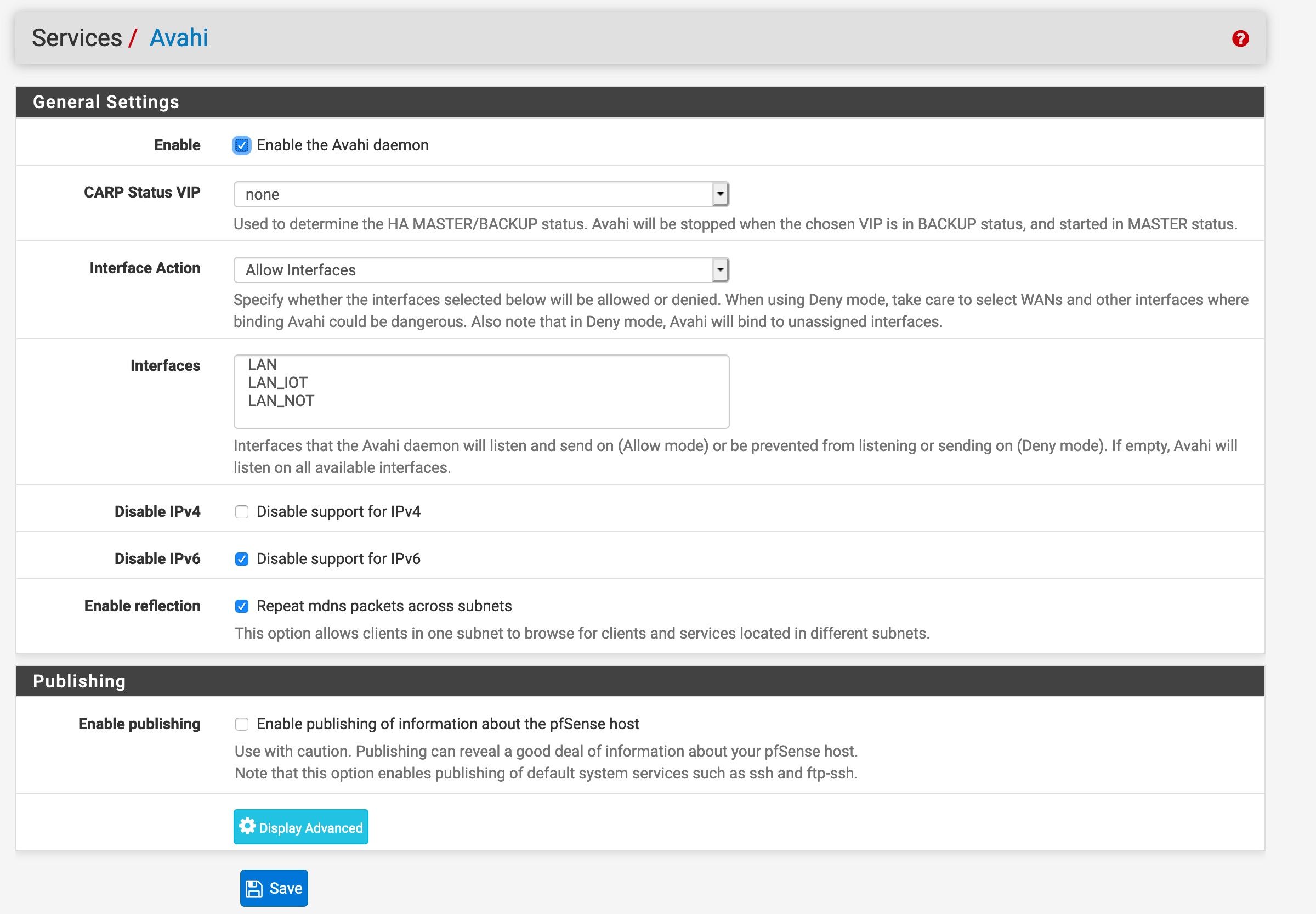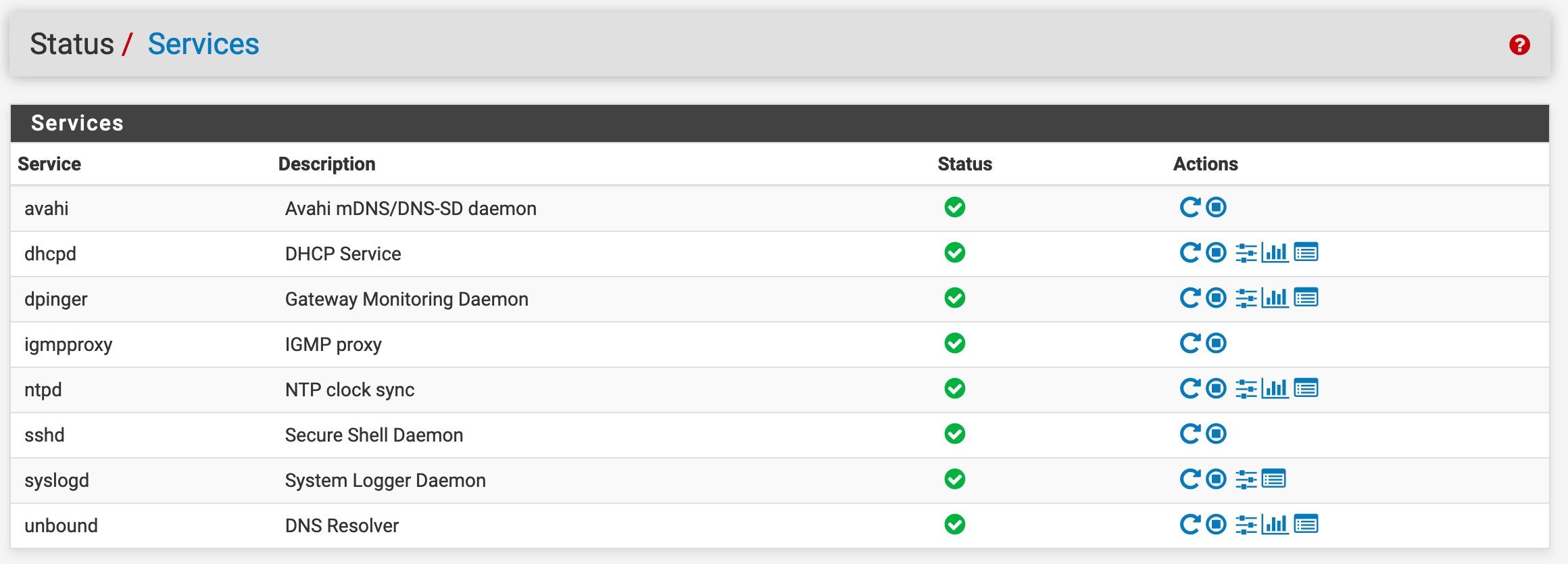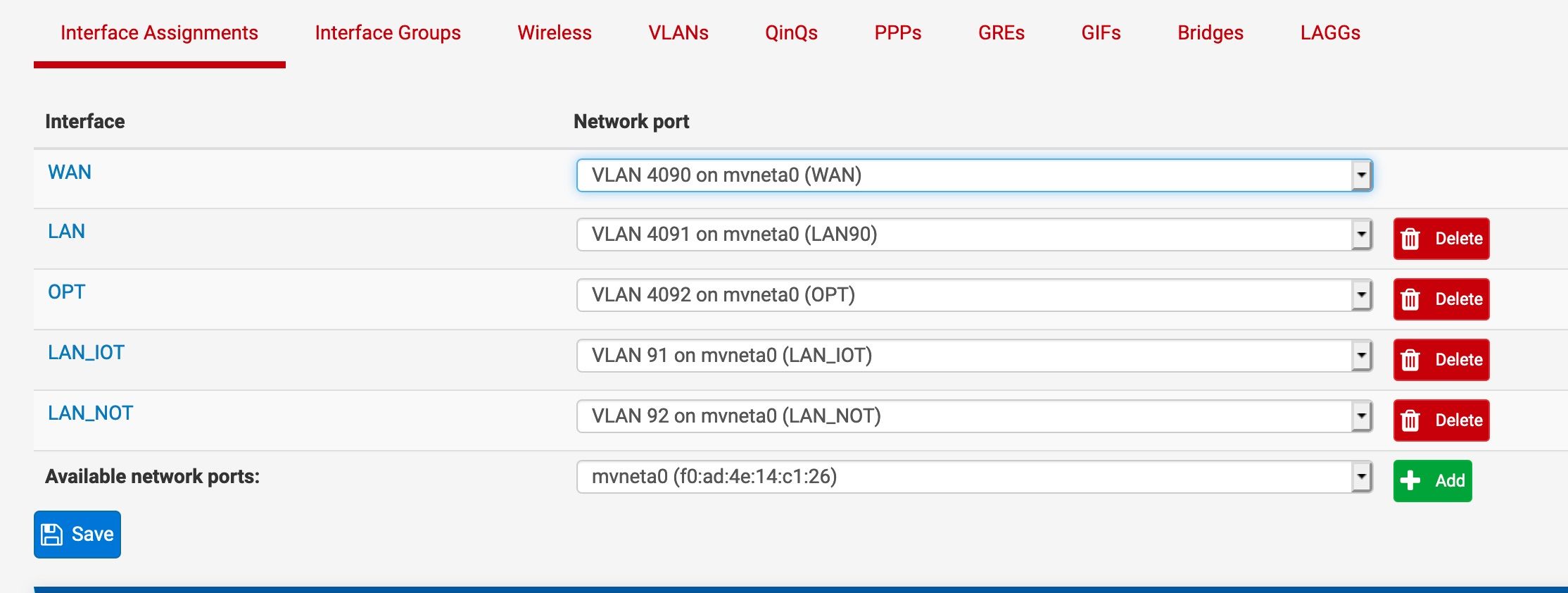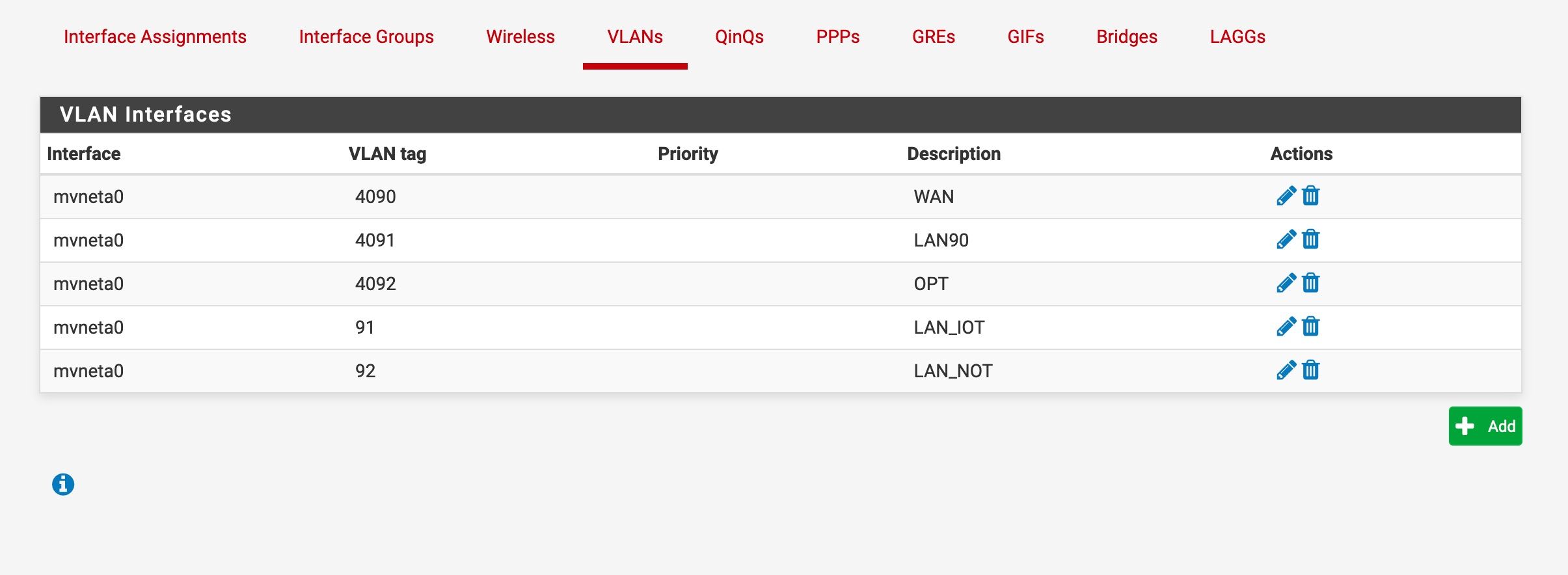allowing roku discovery across VLANs
-
@JKnott Of course. Broadcast/Multicast traffic isn't going anywhere specific. Where would you route it? What is being done is the Broadcast/Multicast traffic on one L2 network is being copied to another. Passing through the router (pfsense) or not is semantic hair splitting. This can be done (arguably better done) on your switch, if at all.
-
@JKnott Thanks for those links. My interpretation of that (watch out world) is that Bonjour is running on my various Apple devices, but those are all confined to the subnet they are on. So, they have no ability to listen on my IOT VLAN and rebroadcast on the opposing side.
Avahi is different given that it is running on pfsense, bound to both networks which allows it to listen on both and rebroadcast on both. That, to me, essentially bypasses pfsense (for better or worse) which otherwise wouldn't rebroadcast those messages, or as you put it, wouldn't know what to do with it.
So all that said, I guess I'm still not connecting the dots as to what "passing through the router" has to do with any of this. Avahi is running, it's supposed to be doing that job instead of the router. No?
-
@jaaasshh said in allowing roku discovery across VLANs:
So any time my phone restarts I have to switch networks
So in line with OMG I have to click a button... F security - its not convenient enough ;)
You want a simple solution for your guest to control your rokus - let them connect to your roku vlan.. I have cards printed out with my different wireless vlans.. That guest could connect too.. Normally they connect to just guest. But if I wanted them to stream something to my rokus - which for the life of me could never see wanting to do in the first place ;)
But if did - I would hand them the roku QR code card.. They couldn't type in the PSK anyway.. Its more than 3 characters and that is just too much work ;)
I'm with @jwj users asking for help with how to best line up the hammer to do the most damage as they strike themselves not in the thumb but in the head..
-
@jaaasshh avahi is for mDNS/Bonjour. Not SSDP. As I have said you need to look elsewhere.
-
@jwj said in allowing roku discovery across VLANs:
This can be done (arguably better done) on your switch, if at all.
I'm curious about this. I never found a solution to my Youtube discovery issue across VLANs. How would it be done on the switch? Is that what IGMP snooping on a switch does?
-
@Raffi_ Partly. Then you need to setup what to do with the traffic you are snooping. Depends on the switch. My CISCO Small Business (SG-220 50P) has a terrible interface and garbage documentation. That's why I haven't done it yet. I really should do it soon.
-
@Raffi_ said in allowing roku discovery across VLANs:
Is that what IGMP snooping on a switch does?
Yep, or a router. Here's what Wikipedia says:
"The Internet Group Management Protocol (IGMP) is a communications protocol used by hosts and adjacent routers on IPv4 networks to establish multicast group memberships. IGMP is an integral part of IP multicast and allows the network to direct multicast transmissions only to hosts that have requested them."
-
Thanks guys, I'll have to look into that more for my switch.
-
Where that is really meant to be used.. Is say you have a L2 network.. That you want to multicast some video too.. You could allow only devices that want to see this multicast stream to join this group.. So that multicast is not sent to them if they are not a member of that group.
If not then every port on the switch would see that multicast traffic..
Now you can do this across multiple vlans with a multicast group that spans L2 networks.. But again you allow a client to join this group.. Then only then do you send them traffic from that group or let them send traffic to that group.
You don't just flatten the different L2 networks by sending all multicast traffic to both or multiple L2 allowing for discovery.. That defeats the whole point of isolation and security.
To be honest its the software makers lack of thought that brings these sorts of problems... Why does the roku app have to discover.. Because it makes it easy for the user - and 99% of users just have 1 flat network.. So why should they do anything different.. You know like actually publishing what specific ports and protocols are used.. The ability to add a device via fqdn/IP and be done with.. The roku apps allows you to add a device manually.. But then again - that is a like a button click, and just too much work ;)
Security goes out the window as soon as there is any sort of lack of convenience to it..
-
@johnpoz Good overview. Thank you!
-
@johnpoz said in allowing roku discovery across VLANs:
full byte
HA!
@jaaasshh Did you ever figure this out? I know this breaks @johnpoz's heart but I'm trying to do the same.
